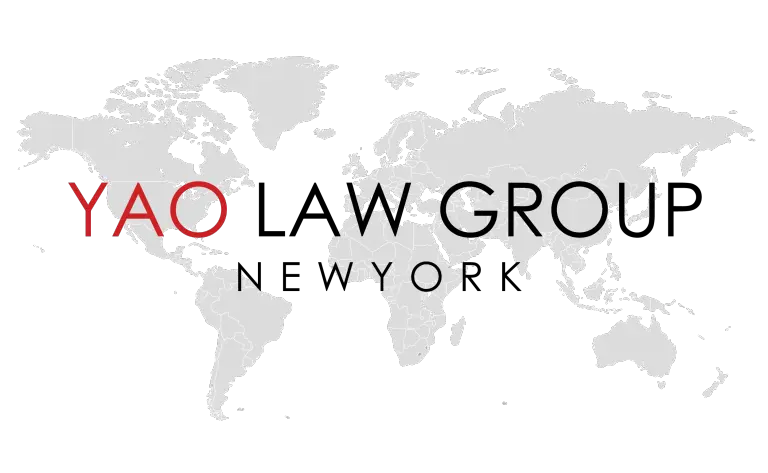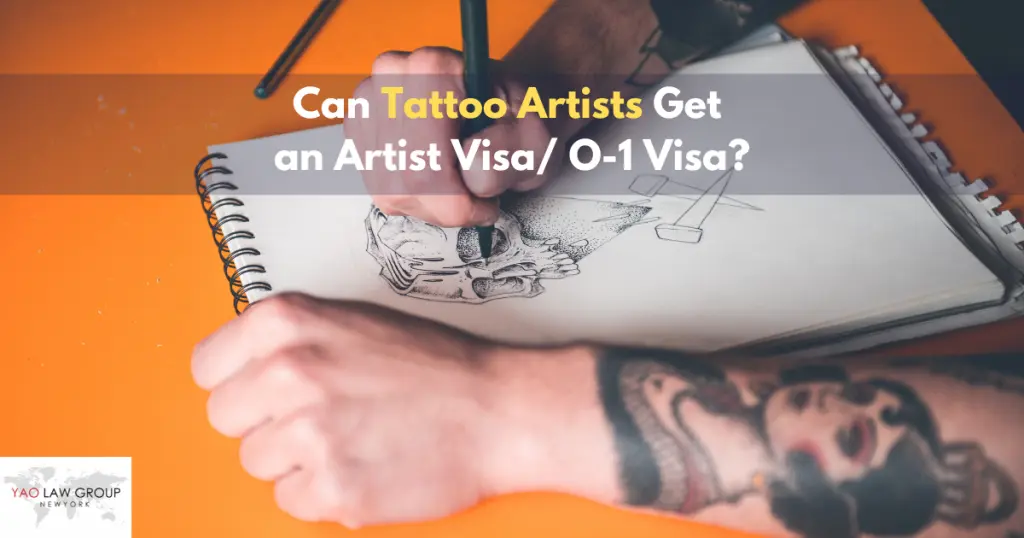Most of the time, when you think about O-1 Visas or Artist Visas, you probably envision actors, singers, visual artists, and dancers. Tattoo artists are one of the non-traditional artists who qualify for the O-1B visa.
Why do Tattoo Artists Qualify for O-1 Visa?
Tattooing is one of the earliest kinds of art, and each country has its interpretations and tattoo techniques. Tattoo artists employ creative concepts and techniques, despite the fact that the artwork is not placed on a traditional canvas but on an individual’s body.
What Is The Content of Tattoo Artists Portfolio?
The methodology of your work will set you apart from other professionals applying for the O-1 Visa, as most tattoo artists provide finished images of their work in their portfolios. Here are some of the content you may include in your portfolio:
- Tattoo Sketches/ sketchbook
- Tattoo Preparations for Clients
- Professional Calendar
- Tattoo Apprenticeship – Include supporting evidence and an invitation letter.
- Conventions – Include your conference badge, invitation letter, and photographs.
- Tattoo artwork- Include photographs of you tattooing your clients.
- Contract – contract with the employer, offer letter, or even pay stubs proving you are being compensated for this employment.
- Teaching materials – Include lectures you led and/or artist classes you organized.
Letters of Recommendation
Always remember that choosing signers is just as important as the letter’s content. Examples of potential signers include: clients attesting to your expertise and creativity, employers such as tattoo parlors, and tattoo artists who have reached a specific career level.
What Job Should A Tattoo Artist Get for an O-1 Visa/ Artist Visa?
You should secure employment as you can only file for an O-1 visa if you prove future work. An O-1 visa is a work authorization visa.
A tattoo artist is not restricted to tattooing only within a tattoo studio. In the United States, tattoo artists have numerous opportunities, including teaching artists and aspiring tattoo artists.
You must determine what opportunities and professions you wish to pursue in the United States. If you applied as a tattoo artist and later decided to explore other options, such as teaching artists, you would be unable to do so since your underlying O-1 petition would not permit it.
All behind-the-scenes artists are eligible for the O-1 visa, not just traditional artists. I believe that if a profession involves the application of creativity, then it is possible to qualify for an O-1 visa.


